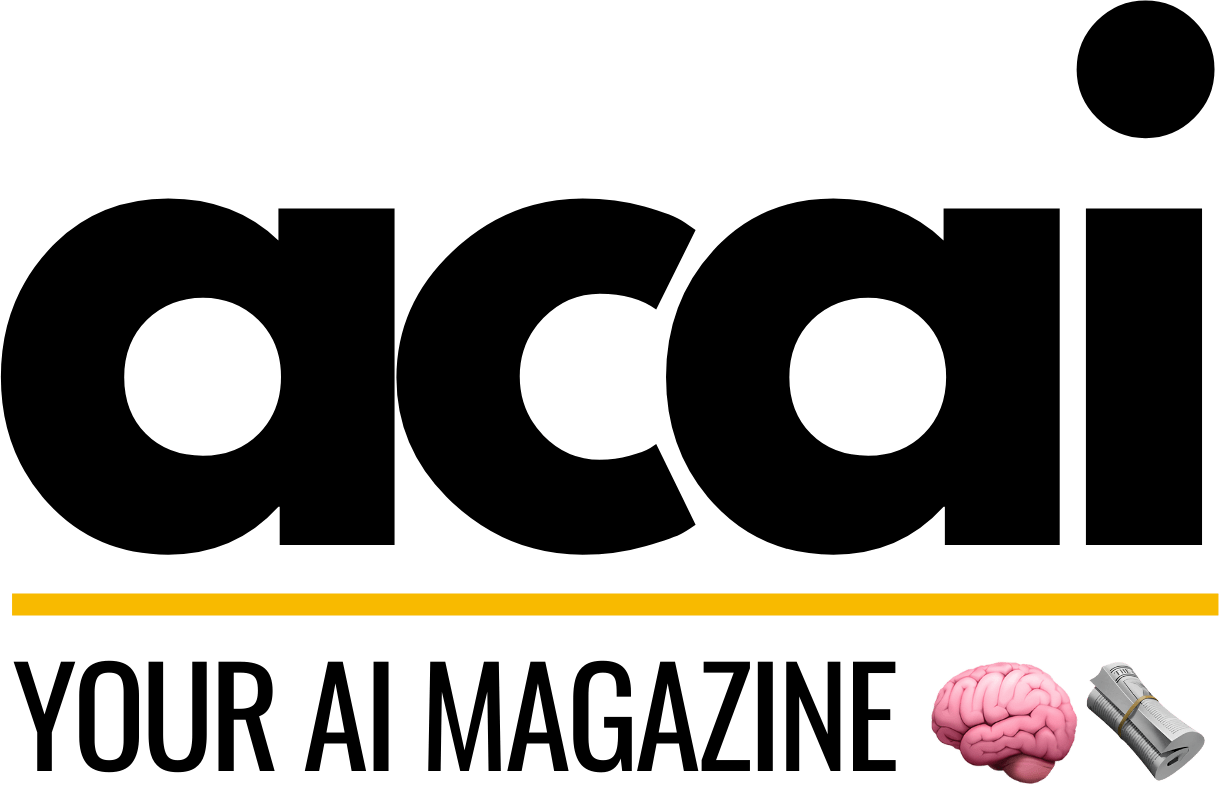Harnessing Generative AI: Integrating Brand, Legal, and Industry Standards for Business Excellence
An introduction to the transformative potential of generative AI tools in adhering to and enhancing brand consistency, legal compliance, and industry-specific standards.
As businesses increasingly turn to artificial intelligence (AI) to streamline operations and enhance service offerings, the integration of generative AI tools has become a focal point for innovation. However, the effective deployment of these technologies must consider critical factors such as brand identity, legal constraints, and industry regulations. This article explores how generative AI can be tailored to respect and reinforce these aspects, ensuring that AI solutions not only drive efficiency but also align with essential business standards.
- Understanding Generative AI
- Brand Integration
- Legal Compliance
- Adhering to Industry Standards
- Case Studies
- Conclusion
Understanding Generative AI
Generative AI refers to a class of artificial intelligence technologies that can generate new content, from written text to images and music, based on the patterns and information it has learned from large datasets. Key examples include natural language processing models and image generation engines.
Brand Integration
For businesses, maintaining a consistent brand voice and image across all platforms and communications is crucial. Generative AI can play a pivotal role in achieving this consistency, especially in content creation and customer interaction.
- Automated Content Creation: AI tools can generate marketing copy, blog posts, and social media content that aligns with a company’s brand voice.
- Customer Support: AI-driven chatbots can interact with customers using the tone and manner that reflect the brand’s values.
However, to ensure that these tools do not misrepresent or dilute the brand, they must be meticulously trained on brand guidelines and monitored for quality control.
Legal Compliance
Generative AI must also operate within the bounds of the law. This includes adhering to copyright laws, data protection regulations, and other legal standards that vary by region and industry.
- Data Privacy: AI tools should be designed to comply with regulations such as the GDPR in Europe or the CCPA in California, ensuring that personal data is handled appropriately.
- Copyright and Intellectual Property: AI-generated content must not infringe on existing copyrights or trademarks.
Implementing robust compliance checks and balances in AI deployments is essential to mitigate legal risks and uphold ethical standards.
Adhering to Industry Standards
Different industries have unique standards and practices that must be considered when integrating AI technologies. For instance, the healthcare sector requires strict adherence to patient confidentiality and medical accuracy, while the financial sector must ensure security and compliance with financial regulations.
- Healthcare: AI tools used in medical diagnostics or patient interaction must be compliant with HIPAA regulations in the U.S. to protect patient privacy.
- Finance: AI applications in finance need to adhere to SEC regulations and should be capable of detecting and reporting suspicious activities to prevent fraud.
Customizing AI tools to meet these specific industry requirements is crucial for their successful adoption and operational effectiveness.
Case Studies
Several leading companies have successfully integrated generative AI while maintaining brand integrity, legal compliance, and industry standards.
- Case Study 1: A multinational corporation uses AI to generate marketing content that consistently reflects its brand voice across different regions, adjusting the content to comply with local advertising laws.
- Case Study 2: A healthcare provider employs AI to manage patient data, using advanced algorithms to ensure data privacy and security in accordance with healthcare regulations.
These examples demonstrate the practical applications and benefits of generative AI when properly aligned with business and regulatory requirements.
Conclusion
In conclusion, while generative AI offers significant opportunities for business innovation and efficiency, its integration must be carefully managed to uphold brand integrity, legal standards, and industry-specific regulations. By addressing these critical dimensions, businesses can leverage AI tools effectively and ethically, ensuring that these technologies contribute positively to their operational success and compliance posture.
For further reading on the legal implications of AI, visit Law Technology Today.




